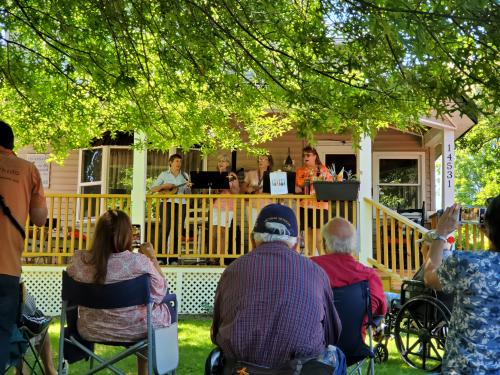Plan Your Trip: 12 Can’t-Miss Summer Events in 2025
Plan Your Trip: 12 Can’t-Miss Summer Events 50 Mile Garage Sale, Bathtub Races and more! Summer 2025 in Cayuga County is anything but ordinary. Tucked between lakes and rolling hills, our corner of New York offers a playful blend of small-town charm, quirky traditions, and unforgettable experiences. From racing bathtubs…
Read More
